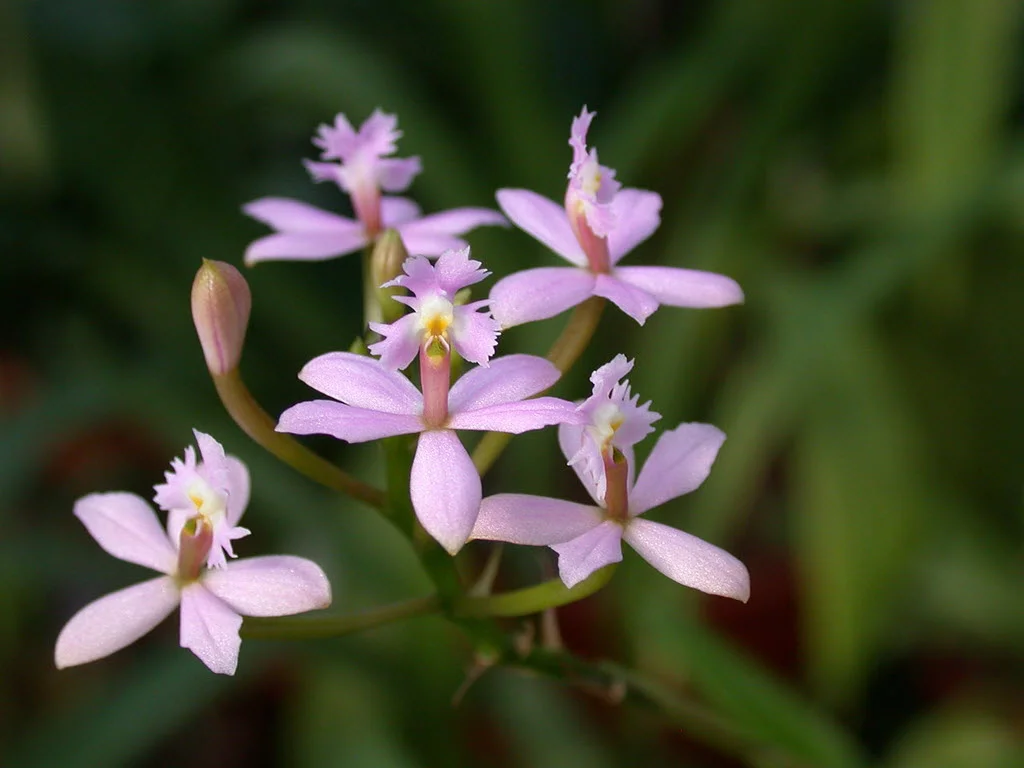Table of Contents
Pronunciation: An-gyoo-LOW-ah
Other Names: Tulip Orchid
Introduction
Once you see an Anguloa, you'll realize why it is also called a Tulip Orchid. An Anguloa somewhat resembles a tulip - especially with its flower and leaf structure.
Anguloa Uniflora
Anguloa flowers have a waxy appearance, and in the wild, they come in two colors - greenish white or a yellow and red shade. They smell strongly like cinnamon and spices.
The plant itself has a larger pseudobulb that can reach an impressive 20 centimeters or longer, and when it is full grown, the leaves can reach over one meter long.
The Anguloas Orchid is part of a small genus of orchids that are very closely related to the Lycaste orchid genus. The Anguloa Orchid was first ‘discovered’ in 1798, and it was named in honor of the Director-General of the Peru Mines, Francisco de Angulo.
You can find this orchid growing at high elevations on forest floors in Bolivia, Ecuador, Columbia, Peru, and Venezuela.
Temperature
Anguloa Orchids require a tropical temperature with very high humidity to grow properly. The idea temperatures range from 70°F to 80°F or 21.1°C to 26.6°C during the daytime hours. During the nighttime, temperatures shouldn't go below 55°F or 15°C, and frost should never touch them as they don't tolerate it.
If you ever allow the temperature to drop below 55°F or 15°C, or for frost to touch your Anguloa, you can damage or even kill the leaves and flowers. These orchids are best for growers who can closely mimic tropical conditions, and many nurseries don't carry them in their normal stock because of their special requirements.
Light
As Anguloa grows in rainforest floors, try to mimic their light source as well as you possibly can. This orchid does very well in dappled sunlight or in partial shade as it mimics the sunlight amounts that they'd get if it filtered through the canopies.
They don't tolerate full sun, and if they're exposed to full sun conditions, the leaves can burn.
Water and Humidity
In order for your Anguloa to thrive, they need a lot of water and higher humidity levels. Lightly mist your Anguloas up to two times a day to ensure that they stay moist while they sit in their partial sun and give them a good watering every 5 days.
Never let them dry out, but don't leave them to stand in water either as this can lead to root rot.
Feeding
To ensure optimal growth, feed your Anguloa Orchid every two to three weeks with a mixture of diluted, balanced fertilizer that ideally has around a 30-10-10 ratio.
Every few months, you can switch out the fertilizer with a 20-20-20 ratio. The fertilizer should be slightly damp as well as the orchid's roots to prevent damage.
Potting
Your Orchid should be repotted once every two years. If you notice your orchid growing over the side of the pot, it's time to repot it.
Repot your orchid at the beginning of the growing cycle in the spring before it blooms.
Gently lift your entire orchid out of your medium and clip away any dead or dying roots, then backfill it with your fertilizer mix. This orchid thrives in hanging baskets with excellent drainage.
Video
Anguloas are somewhat strange-looking. See exactly what a flowering plant looks like in this clip.
You can find more orchids that would grow best in your climate and weather from our comprehensive list of the different types of orchids.











